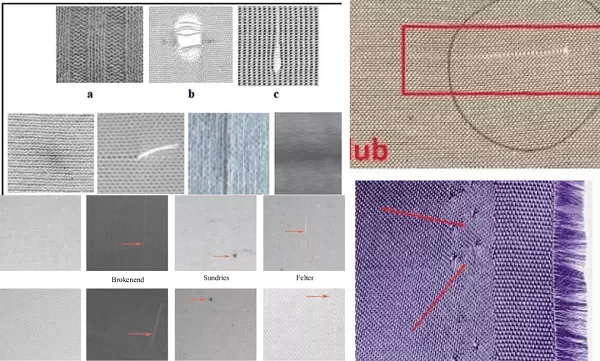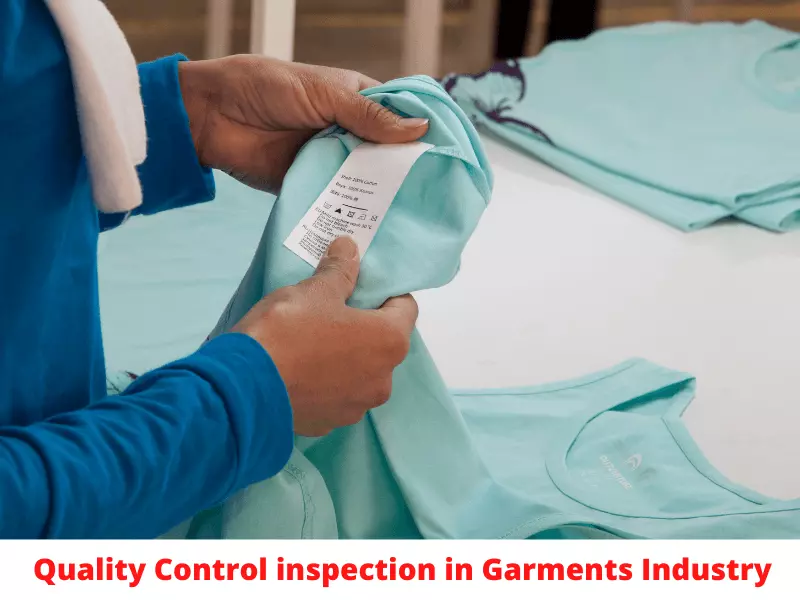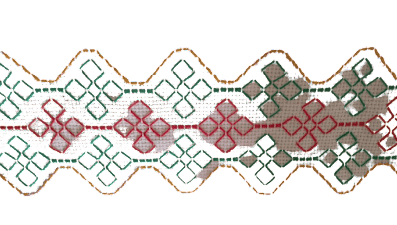Fabrics Manufacturing, Dyeing, and Finishing Defects of Woven and Knit Fabric
Fabric inspection in a 4-point system is the way to find out all the Fabric manufacturing defects. Fabric manufacture is a time-consuming process with several processes and careful attention to detail. Fabric flaws can still exist and affect the quality and performance of textiles despite technological developments and quality control methods. We will look at the types, causes, and potential remedies for faults in fabric manufacturing in this article. Here I present details of fabric manufacturing defects, Dyeing, and Finishing Defects of Woven and Knit Fabric.
Types of Fabric Manufacturing Defects
- Weaving/ Knitting Defects:
Weaving/ Knitting defects are among the most common fabric defects. They include issues like broken warp or weft threads, misalignment of the warp and weft, or irregular weaving patterns. These defects can lead to visible imperfections in the fabric. - Printing and Dyeing Defects:
Printing and dyeing defects manifest as uneven color distribution, bleeding, or printing misalignment. These defects affect the aesthetics of the fabric and can render it unusable for its intended purpose. - Pilling and Fuzzing:
Pilling and fuzzing defects occur when the fabric’s surface fibers break or fray, resulting in the formation of small balls or fuzz. This reduces the fabric’s appearance and durability. - Finishing Defects:
Fabric Finishing Defects are Wet Squeezer Marks, GSM Variation, Bowing, Skewing, and higher Shrinkage found in calculation.

All Types of Fabric Defects
- Fly– Waste fibers or fuzz unintentionally woven into a fabric.
- Mixed End-Woven: Warp yam is different in color, size, or type than the rest of the fabric.
- Mixed Filling– Waven: Filling yarn is different in color, size, or type than the rest of the fabric. In woven fabrics, that portion of a warp or filing yarn extends unbound over two or more warp or filling.
- Float-In woven fabrics, that portion of a warp or filing yarn that extends unbound over two or more warp or filling; in knitted fabrics, that portion of a yarn that is not knitted into loops.
- Slub– Abruptly thickened place in a yam.
- Snag– Yam or piece of yam pulled from the surface of a fabric
- Streak-Extended narrow stripe, often a single yarn.
- Thick Place– Small area of closely spaced and/or thicker diameter yams when compared to the average construction of the fabric
- Barre– Band, stripe, streak, or bar characterized by a visible difference in texture, color, or luster of adjoining picks. A repetitive and patterned unevenness of appearance in the course or widthwise direction of a fabric. Woven: Filling yarns lie in an arc across the fabric.
- Bow Knits: Courses lie in an arc across the width of the fabric, Woven: Filling yarns are not square to the warp ends. Skewness (or Bias) Knits: Courses are not square to the wales.
- Bruise: Area damaged by impact or pressure.
- Abrasion Mark: Area damaged by friction.
- Burl Mark: Mark left by the removal of stub or extra piece of yam woven into a fabric.
- Coarse End: A larger-than-normal diameter warp end.
- Coarse Pick: In woven fabrics, one or more picks of a larger diameter than the normal filling yam in the fabric.
- Spot: Small discoloration on the surface of a fabric. Can be caused by dying, foreign matter (dirt, oil, water) etc.
- Stain: Discoloration that penetrates the surface of a fabric.
- Color Stain: The undesired pickup of color by a fabric when 1) immersed in water, dry-cleaning solvent, or similar squid medium, that contains dyestuffs or coloring material not intended for covering the fabric, or (2) by direct contact with other dyed material from which color is transferred by bleeding or sublimation.
- Dye stain: An ama of unintended discoloration due to uneven absorption of a colorant Cloth which shows variations in shade due to incorrect dyeing methods or faulty materials.
- Uneven Dyeing: After the dyeing process, the color or dye is not uniformly distributed across the fabric’s surface.
- Dye Streak: Iregular streak caused by uneven dye absorption.
- Rood Mark: Crack between groups of warp ends.
- Seam Mark: Mark or crease caused by sewn seam pressing against the adjacent fabric.
- Selvage Mark: Lengthwise crease near selvage caused by folding or doubling of the fabric edge.
- Crease Mark: Visible streak in the fabric caused by folding.
- Out of Register (or Misregister): In printed fabric, colors or patterns not correctly positioned
- Misprint: In printed fabric, colors, or patterns, or both, either missed or partially missed.
- Cut Selvage: Cuts or breaks in the Selvage area only.
- Draw-back: Excess tight and slack areas in the same warp yarn.
- End Out Filling Band: Thin line or space caused by missing warp yarn. In woven fabrics, a visual defect across the width due to a change occurring in the yarn for a large number of picks (Compare filling bar).
- Filling Bar: In woven fabrics, a visual defect across the width contains a limited number of picks of different appearance than normal (Compare falling band).
- Fine End: A smaller-than-normal diameter warp end.
- Fabric Pest Hole: Especially for fabric made of natural protein fiber, such as wool, silk, caused by insects whose larvae damage fabrics by producing an enzyme and digesting keratin of natural protein fiber.
- Hole: In fabric, an imperfection where one or more yarns are sufficiently damaged to create an aperture.
- Pin Hole: Very small hole, Senes of pin holes along the selvage caused by a holding device.
- Broken End: Woven Space in warp direction due to broken yarn.
- Woven Space: In filling direction due to broken yarn. In woven fabrics, a pick is not properly interlaced which causes a break in the weave pattern. A small area of closely spaced and/or thinner diameter yarns when compared to the average construction of the fabric.
- Broken Pick: Woven Space in the filling direction due to broken yarn.
- Mispick: In woven fabrics, a pick is not properly interlaced which causes a break in the weave pattern.
- Thin Place: Small area of loosely spaced and/or thinner diameter yarns when compared to the average construction of the
- Warp Streak: Narrowband or stripe running lengthwise.
- Wrinkle: A short and irregular crease.
Conclusion
Defects in fabric manufacturing can be expensive in terms of both time and money. However, many of these flaws can be reduced or even avoided with a proactive strategy that incorporates quality control procedures, employee training, and routine maintenance in the weaving, knitting, Dyeing, and Finishing process. The textile industry manufactures higher-quality textiles that fulfill consumer expectations and industry requirements by addressing the causes and types of fabric production faults. That’s all on the Fabrics Manufacturing Defects of Woven and Knit Fabric.
- You may love to read: Different types of fabric Defects with pictures


